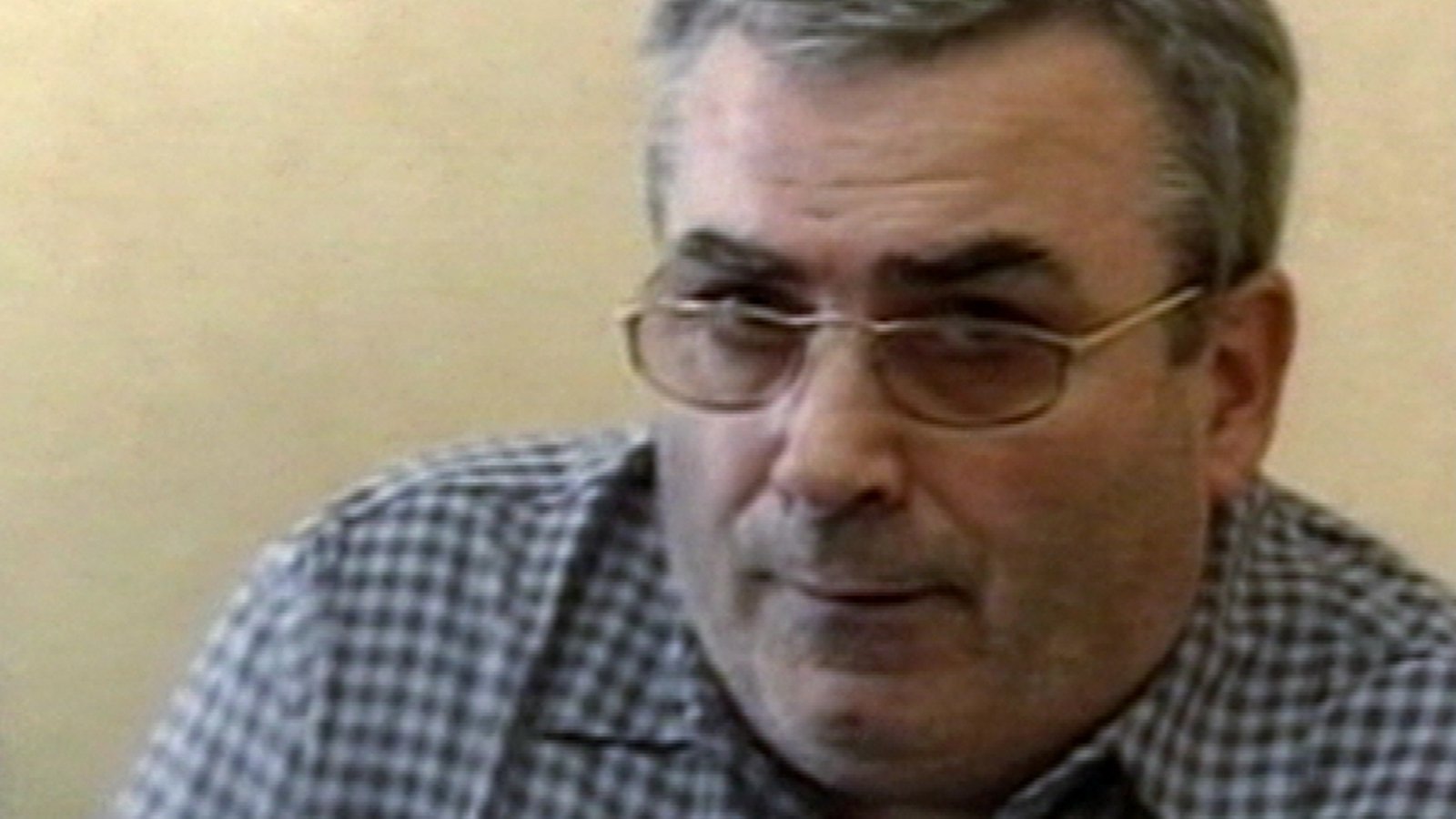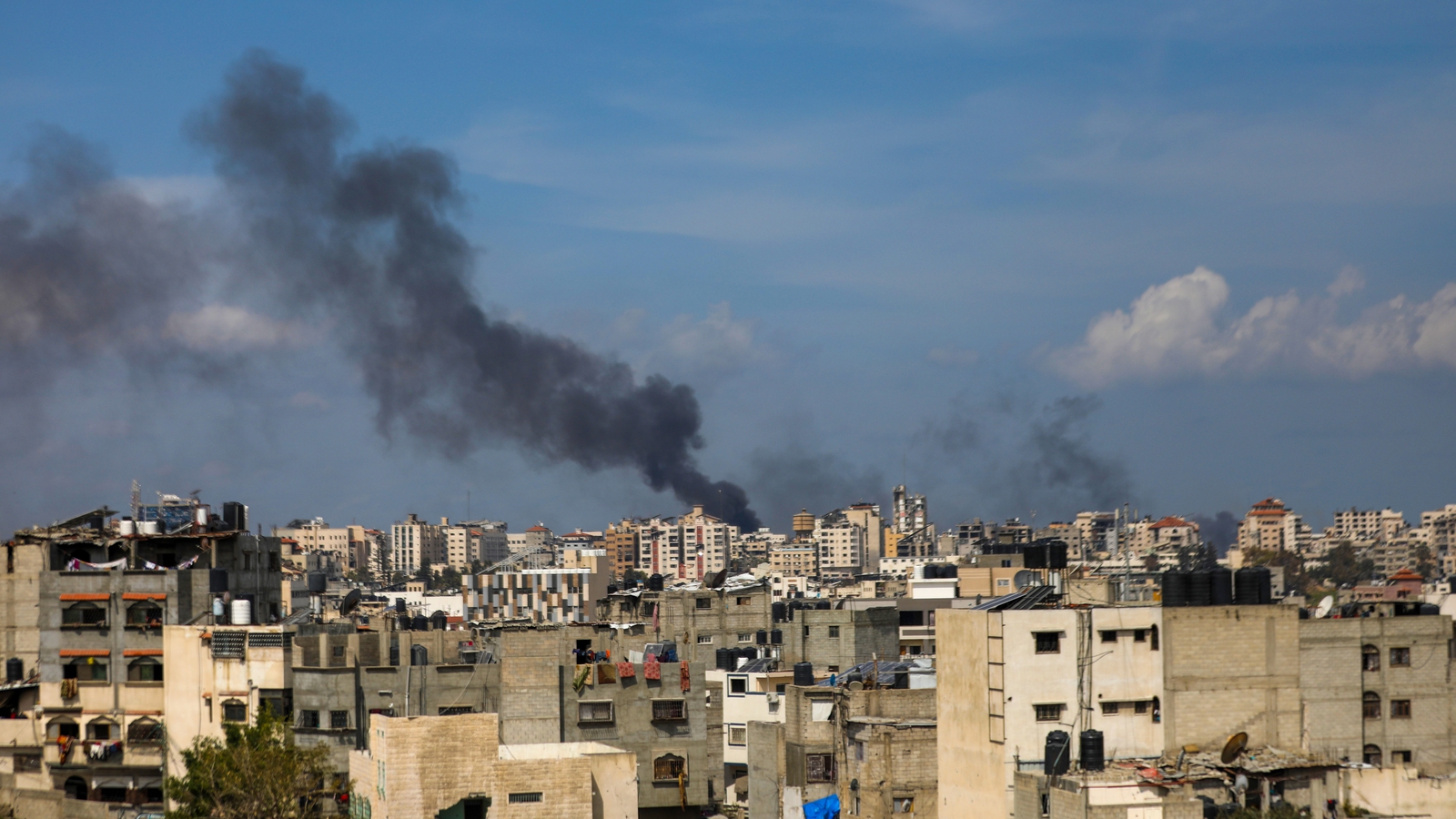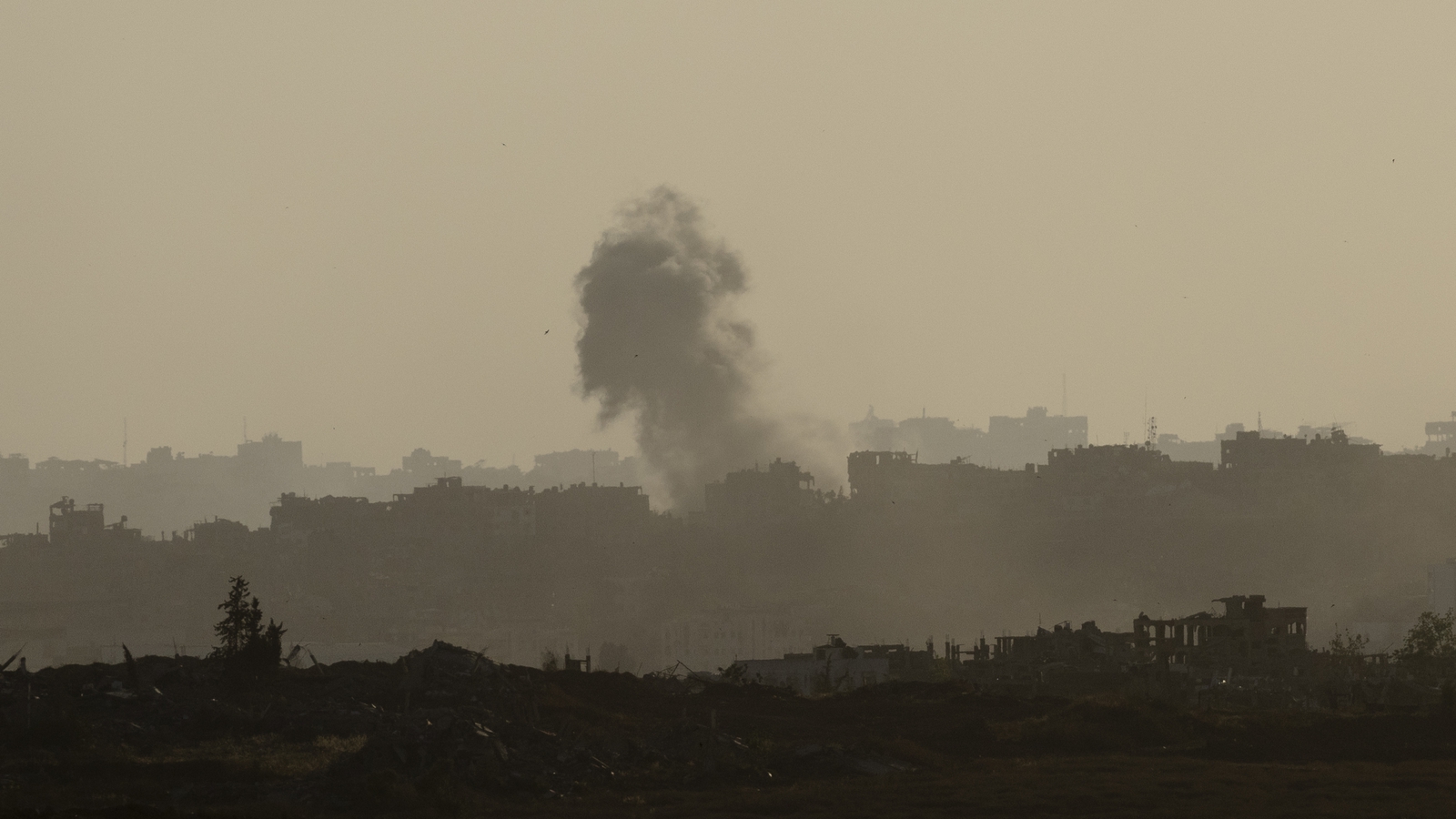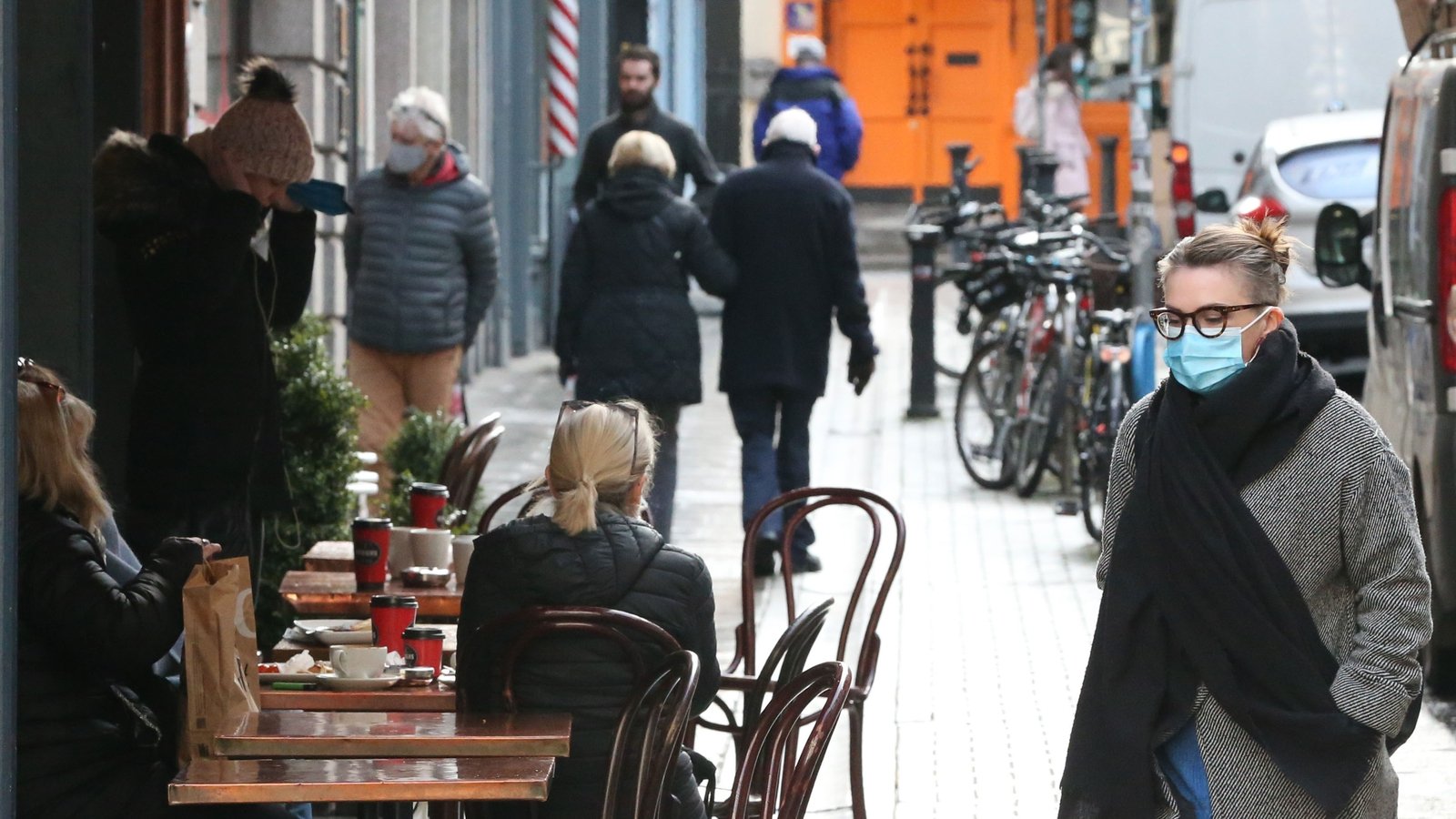A British agent in the IRA: Who was Freddie Scappaticci?


Freddie Scappaticci was a man whose name struck fear. A man who decided whether people lived or died.
He did so while in the pay of the British Army.
He was a Belfast bricklayer said to have been the highest-ranking military intelligence agent in the IRA.
The son of an Italian immigrant who moved to Northern Ireland in search of work, he was described by one former British Army general as its “golden egg”.
He was appointed deputy head of the IRA’s notorious internal security unit in 1978 and is believed to have later been promoted to lead the unit, and did so through the 1980s.
Known within the IRA as the “Nutting Squad” because those it deemed to be informers were shot in the head after being tortured.
It is believed ‘Scap’, as he was often referred to, was recruited in that same year to work for a secret British Army section called the Force Research Unit.
A high-ranking informer appointed by the IRA leadership to interrogate others accused of doing precisely what he was doing, of being what republicans called a “tout”.
He reported to handlers based in the British Army’s headquarters at Thiepval Barracks in Lisburn, Co Antrim.
The agent was considered so valuable that FRU established a dedicated detachment to deal with him exclusively.
It is claimed he was paid in the region of £80,000 a year.
‘He had a reputation for being ruthless’
Former IRA members who knew him said he was quick tempered and quick to throw a punch. Some described him as a bully.
“If you were told ‘Scap’ wanted to talk to you, you knew you could be in serious trouble,” one former IRA member in Belfast told me.
“IRA members were genuinely terrified of him. He had a reputation for being ruthless.”
A republican told me recently about the chilling effect Scappaticci had when he arrived unannounced at a family event attended by several IRA members in west Belfast in the 1980s.
“There was a lot of laughter, a lot of craic until ‘Scap’ walked into the room,” he said.
“At that point the talking and laughter stopped because people in the room were worried that he was there for a reason, to take someone away. In the end he just stayed for a beer and some chat but there was a real change in the atmosphere.”
Freddie Scappaticci fled Northern Ireland in 2003 after a series of media reports claiming he was the agent codenamed Stakeknife.
He always denied the allegation, but former senior IRA members, former British military intelligence officers and RUC Special Branch officers said he was the agent.
Scappaticci was linked directly and indirectly to dozens of murders, with allegations that he may have been personally involved in the killings of up to 18 IRA members his unit labelled as informers.
He died in England in April last year aged 77, taking his secrets to the grave.
‘The perfect place to have an agent’
Stakeknife was in an ideal position to damage the IRA.
The internal security unit did not just hunt down, torture and kill alleged agents within the IRA.
It also vetted new recruits, debriefed IRA members who had been arrested and released from custody, and carried out court martials on IRA members who committed offences against its Green Book Regulations.
The unit had access to and knowledge of every aspect and function of the Provisional IRA.
“It was the perfect place to have an agent, he had the perfect alibi,” a former senior IRA member in Derry told me in 2003 while I was researching for a BBC Northern Ireland Spotlight programme about Stakeknife.
“Internal security were the only people who could ask questions. If volunteers asked questions, they were suspected of possibly having some ulterior motive. Internal security could ask anything they wanted, and they would never arouse suspicion. And if they asked, you had to answer.
“No one questioned internal security within the IRA, they did the asking. So, they had access to information, every aspect of every function of the Irish Republican Movement.”
Some within the IRA began to have suspicions about Scappaticci’s loyalties after an IRA member and British agent was rescued as he was being interrogated in a house in west Belfast in 1990.
Alexander ‘Sandy’ Lynch identified Freddie Scappaticci as one of his interrogators, telling police he recognised the agent’s voice.
He said Scappaticci told him he would be taken to south Armagh and wake up hanging upside down in a cattle shed, that he would be skinned alive and “no one would hear me squealing”.
Lynch claimed ‘Scap’ asked him how his wife would feel if she had to identify him “with no face”, adding that he would make sure he had no face if he did not confess to being an informer.
Freddie Scappaticci’s thumb print was found in the room where Lynch had been interrogated and his name was mentioned 26 times during a judge’s summary at the end of the trial of a number of men charged in connection with Lynch’s kidnap and torture.
But he was never charged.
The killing of Paddy Flood
Many IRA members and security sources say that was because he was protected by his British Army handlers.
It has been alleged that Stakeknife’s handlers willingly sacrificed other less senior and useful informers to protect and enhance the reputation of Scappaticci within the IRA, that they advised other agents to go to scheduled meetings with the internal security unit even though they were aware it was highly likely they would be killed.
Republicans and the families of some of those killed by the internal security unit have also accused British military intelligence of using Scappaticci to eliminate IRA members who were regarded as a serious threat by falsely identifying them as informers.
Such claims continue to surround the killing of Paddy Flood in July 1990.
A key IRA member in Derry, an experienced bomb maker and someone who was regarded as a real asset to the organisation, and therefore a serious threat to the state.
The 30-year-old was shot dead after being abducted and tortured over a period of seven weeks to extract a confession. It is believed he was taken to south Armagh and that Scappaticci was one of the interrogators.
The killing had a major impact on the IRA in Derry, with the organisation’s activities virtually ceasing in the immediate aftermath.
Many IRA members in Derry refused to believe that Flood was an informer, and in the years since a number of security sources have been quoted as saying he was not.
It has been claimed the FRU used some of its informers in the Derry area to convince the IRA leadership that Flood was an agent.
The family of another former IRA member from Belfast, who was killed after being abducted by the internal security unit, told me some years ago that they believed he had been targeted because he had been responsible for bomb attacks that killed a number of British soldiers.
‘A hero’
Described by a former senior British army officer as its “golden egg”, Stakeknife was also labelled “the Crown jewel” of intelligence agents.
A former senior RUC Special Branch officer who liaised with the Force Research Unit once described him to me as “a hero”.
Asked about Stakeknife’s involvement in criminal activity, he said: “I think to be of value they (agents) have got to have a pretty active role within the terrorist organisation. You don’t recruit agents from the boy scouts.”
The former officer rejected allegations that Scappaticci was allowed to kill with impunity.
“He was of extraordinary value. One of the bravest men that one could imagine,” he said.
“He had to balance a fine line between his activities within the IRA and his role as an informant. Fred Scappaticci was in the business of saving lives, not taking them.”
Many disagree. For them, Scappaticci was a cold-blooded murderer who was personally responsible for many deaths and indirectly involved in many others.
‘Stakeknife’s Dirty War’
Shortly after he was outed by the media in 2003, Freddie Scappaticci was debriefed by a small team of senior IRA members.
In his book, “Stakeknife’s Dirty War”, former IRA member Richard O’Rawe says he was questioned over an 18-hour period in a holiday home he owned in the Co Down seaside town of Portaferry.
A senior republican source told me he was also debriefed over a weekend in an IRA safehouse in north Donegal.
Unlike those he interrogated, Scappaticci was not tortured. And unlike many of those he interrogated, he was allowed to live.
He left Northern Ireland and initially worked on a building site in Manchester. It is believed he later moved to another part of the north of England.
The media were banned from reporting his whereabouts and from publishing any contemporaneous photographs.
He is known to have travelled back to Belfast a number of times, including for his father’s funeral, without any sanction from the IRA.
So why was an agent who did so much damage to the IRA allowed to walk away?
There are several theories.
One is that Scappaticci made it clear during his debriefs that he left recordings detailing the activities of senior IRA and Sinn Féin figures with a number of solicitors with instructions that they were to be sent to media organisations if he was killed.
Another is that the IRA leadership felt humiliated that the organisation had been penetrated at such a level and that killing Stakeknife would have been viewed as an admission of failure that would have raised questions about who had allowed Scappaticci to rise to a position of such prominence.
We may never know the answer to that question, or whether Freddie Scappaticci was indeed the highest-ranking agent within the IRA.
What we do know is that he caused immense damage to the IRA, destroyed many lives and left a trail of devastation.





